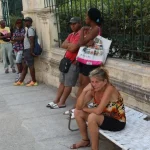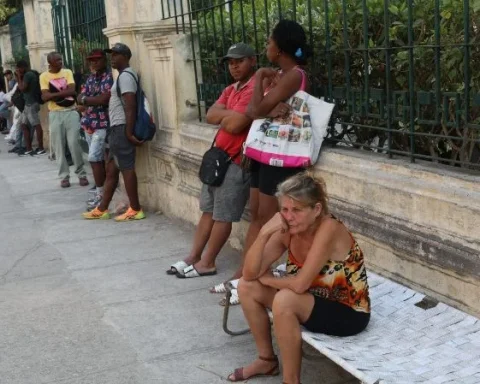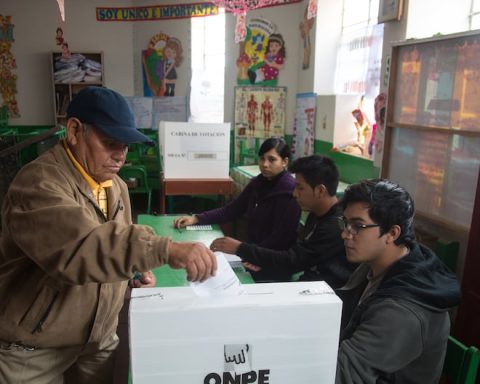A recent study by the Index of Urban Quality of Life (ICVU) revealed which are the municipalities in Chile with the worst quality of life. This analysis, carried out by the Chilean Chamber of Construction (CChC) and the Institute of Urban and Territorial Studies of the Pontifical Catholic University (IEUT UC), was based on data from 2023 and considered various variables to measure living conditions in the main cities of the country.
The report analyzed a total of 99 communesevaluating aspects such as working conditions, business environment, connectivity, health, environment and housing. Of these, 19 communes showed a deterioration in their quality of life compared to the previous study, while only 14 managed to improve. The remaining 66 communes maintained their level, highlighting the gaps that exist in various areas of the country.
Among the communes with the worst quality of lifeCerro Navia, Lo Espejo, La Pintana, Pedro Aguirre Cerda and San Ramón stand out, all of them located in the Metropolitan Region. These communes face serious challenges in terms of access to services, urban infrastructure and security, factors that negatively influence the quality of life of their inhabitants. The deficit in key areas, such as mobility and working conditions, continues to affect their development.
Another relevant case is that of Alto Hospicio, in the Tarapacá region, which is also among the communes with worse results. Despite being an area of constant growth, its infrastructure and connectivity have not managed to keep pace with the increase in population. This situation creates significant difficulties for its inhabitants, especially in accessing basic services and job opportunities.
At the regional level, communes The cities of Constitución (Maule region) and Lota (Bío Bío region) are also among the most affected. These intermediate cities face problems in job creation and in the management of their urban spaces, which has caused a decline in their quality of life. In addition, the impact of the lack of urban planning is reflected in the difficulty in accessing health and education services.


















